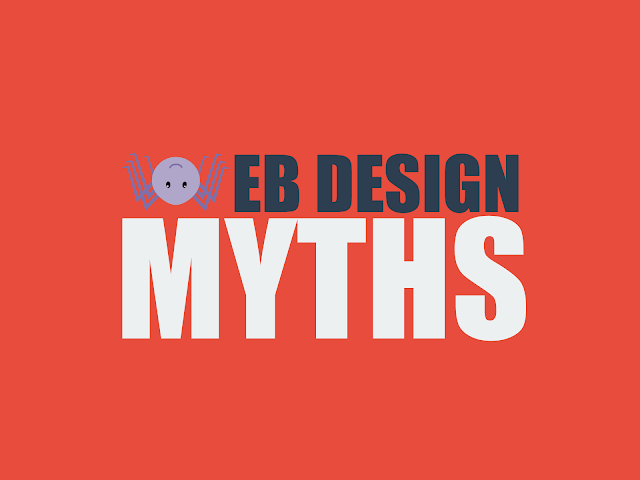
Website design has been a fairly mysterious process for a long time because web designers speak in their own language and keep industry secrets to themselves. But now that web design software has opened up the realm to every Tom, Dick, Jane and Harry out there, it’s time to set the record straight. For years, the myths surrounding website design have permeated the internet, scaring business owners and everyday people alike to fork over hundreds of dollars for things that they could have been doing themselves.
The Truths That Will Shock You About Website Design
Here are some things that you’ve been lied to about from the website design community, whether on purpose or through accidental false information:
-
Only Trained Web Designers Can Design Professional Websites.
As shown by the large number of website builder software, drag and drop builders and personally created websites, this is completely false. Now anyone can design their own website and have it be both professional and successful, even if you have no experience with websites at all.
Though a professional web designer can do wonders at times, it may not always be required. A lot can be achieved from any professionally designed website theme available on digital marketplaces like ThemeForest .
-
A Responsive Website Is Must Have
Responsive website design is the new buzzword in web world. Though most people will get benefit from creating responsive website, its not necessary that you need it. The response websites are required for wide variety of customer base. If you customers are not going to access the website on different types of mobile devices than you may not have urgency of doing it. Don’t just follow the buzzwords. Do it if your website users really need it.
-
More Features Mean Better Websites
A lot of people think that more involved is better, but the minimalist approach to site building has long been a standard in the industry. People want the information they need and not much more—the more things you have, the slower your website might be and that is a traffic killer.
-
Web Design Is Essential To A Killer Website
When people think of web design, they likely think of a ground-up building project that aims to make the site unique from everything else out there on the web. The truth of the matter is that web design isn’t as important as web functionality and the content on your page.
While some might argue that functionality is a part of web design, when you have pre-optimized and functional pages from website builder software, this argument goes out the window.
-
Web Design Brings You Overnight Success
Website design can only take you so far. There are many other aspects to the website that will contribute to your site’s success and hardly any of them will create overnight riches. Website success is a sprint, not a marathon—web design is only the track shoes you wear while running.
-
The Bolder The Font, The Better
People tend to think that to make something stand out, you need bold font. While bold font should be used to make reading easier and more quickly scannable (like with this list, you only read the facts you want which are relayed by the first, bolded sentence), making everything bold is just poor design.
-
Technology Beats Usability
The user experience is everything with a website; technology is only an added nicety, not necessity. Make your website accessible and easy to use, and then add some technology and cool gadgets (as long as it doesn’t slow down the site and wreck your functionality).
-
The More Moving Parts, The More Interesting The Design
Bells and whistles belong on trains, not on sites. If you have the bandwidth for it, fine—but most don’t. Your “interesting” site could come across as confusing and cluttered and most likely, viewers will leave the site rather than stick around to learn about it.
-
Innovation Is Everything In Web Design
While it’s important to be unique and interesting, it’s even more important to remember that familiarity is a good thing on websites. You don’t want your navigation bars hard to find or use—people like to get to a website and feel adequate in that they know what they need to do to navigate the site. In other words, they don’t want to feel stupid and confused, they want to feel at home.
-
Don’t Leave Any Empty Space
Completely false. White space helps keep the eye focused on the content at hand and keeps the reader engaged. Use a lot of white space and your site will seem focused and uncluttered.
-
Your Logo Needs To Be The Biggest Thing On The Page
So many websites overdo it with the logo, making it the main focus of the entire page. Sure, you want your logo to be prominent so that first-time visitors get to know it and return visitors recognize they are in the right place, but how many times do they really need to see it as the biggest thing on the page? Don’t you think they’ll just eventually stop looking at it? They will.